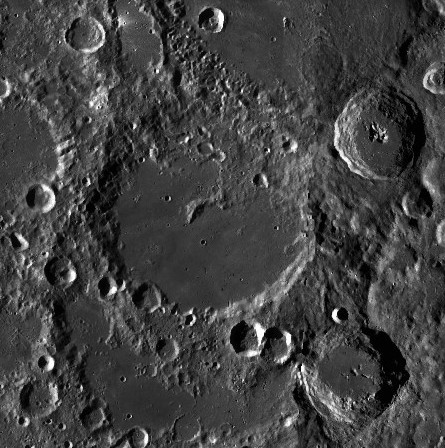Since Neil Armstrong and Buzz Aldrin landed on the Moon aboard Apollo 11 in 1969, five additional manned landings and dozens of unmanned landings to the Earth’s one and only Moon have been completed. Never, however, have any of these spacecraft landed on the far side of the Moon.
Roughly two weeks ago, the Chinese rover-and-lander combination Chang’e 4 successfully landed on the so-called “dark side” of the Moon. The dark side of the Moon takes its name from the fact that the viewers from the Earth’s surface are unable to see it. Although the rear of the Moon does, in fact, get sunlight, viewers from the Earth may initially believe that such exposure is impossible.
The Moon revolves around Earth in the same manner that the Earth revolves around the Sun. However, its seeming lack of rotation means humanity will never glimpse at the far side of the Moon without traveling past it. Believe it or not, the Moon does rotate just like a top does. The moon completes a full rotation around the Earth roughly every 27 days. One full rotation along its axis takes the same amount of time, causing the lunar surface to appear stationary. This phenomenon is referred to by scientists as synchronous rotation due to the Moon being gravitationally locked to the Earth.
Chang’e 4 marks China’s second landing on the Moon, following Dec. 2013’s Chang’e 3 lunar exploration mission.
China is proud to share that the cotton seeds tightly sealed inside the spherical artificial biome have successfully sprouted. Although the plants are unlikely to grow to maturity, this marks the first time that plants have grown on the surface of the Moon.
The Chinese government also included yeast, potato seeds, and common fruit fly eggs. Biologists equipped the biosphere with a climate that the organisms could survive in, as well as all nutrients that are necessary for life. Keep in mind that the lunar surface’s temperature varies between 260 and minus 280 degrees Fahrenheit. Plants don’t grow at the far extremes of this scale, making it a safe bet that the organisms won’t last long in Chang’e 4’s manmade microbiome.
Members of Chang’e 4’s development team included the organisms to conduct valuable research on the growth of plants and insects on the Moon. This could help astronauts on future missions carry fewer rations with them, making transport and extended stays easier.



